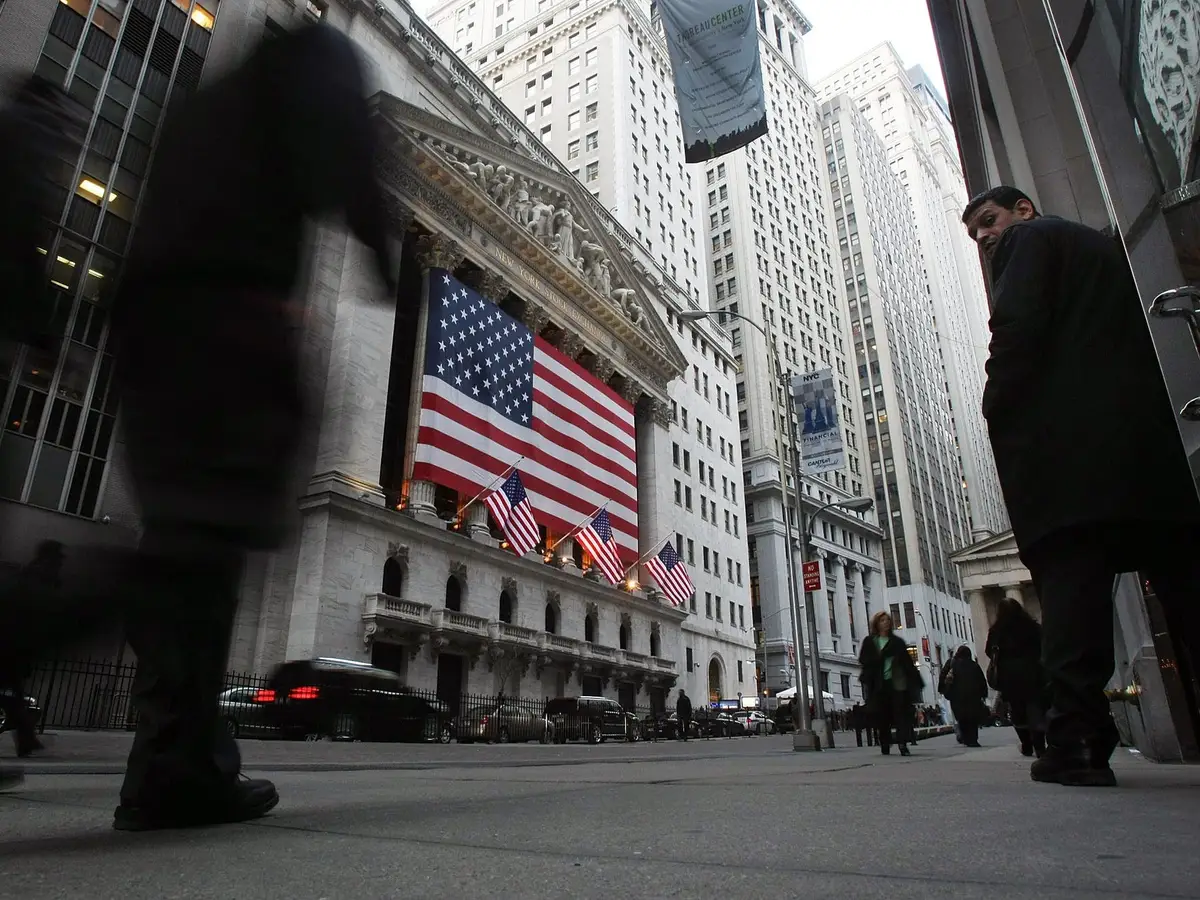Global financial markets saw a notable upswing on Tuesday as investor sentiment shifted sharply in favor of a near-term interest rate cut by the U.S. Federal Reserve. This momentum was largely driven by weaker-than-expected U.S. jobs data and growing political unease surrounding key economic institutions.
Weak Labor Market Fuels Fed Pivot Hopes
The latest U.S. employment figures for July showed a significant slowdown in job creation, with downward revisions for the previous two months. These signs of labor market cooling sent a clear signal to investors: the Fed may have little choice but to begin easing monetary policy sooner than expected. As a result, the likelihood of a rate cut at the central bank’s September meeting surged to over 90%, marking a dramatic turnaround from just a week ago.
Adding to market unease was political interference in U.S. economic institutions. The dismissal of the head of the Bureau of Labor Statistics and the unexpected resignation of a Federal Reserve governor raised questions about the reliability and independence of key data sources.
Global Stock Markets Respond Positively
Investors responded to the shifting policy landscape with renewed enthusiasm for equities. U.S. stock indices such as the Nasdaq and the Russell 2000 posted their largest daily gains in over two months, driven by strong performances in tech and small-cap stocks.
European markets followed suit, with the STOXX 600 climbing nearly half a percent. Earnings from major companies such as BP, Diageo, and Smith+Nephew exceeded expectations, with many firms announcing aggressive share buybacks and cost-cutting measures. Canadian markets also showed optimism, with futures for the TSX index pointing to gains exceeding 1.5%.
In Asia, the rally continued for a second straight session. South Korea’s Kospi rose by about 1%, and Vietnamese markets traded near record highs. Despite ongoing challenges in manufacturing, the services sector remained robust in major economies like China and Japan, according to recent PMI readings.
Mixed Economic Signals in Asia
While services continue to support growth, Asia’s manufacturing sector remains under pressure. China’s July manufacturing PMI fell to 49.5, marking the fourth consecutive month of contraction. Japan and South Korea reported similarly weak factory activity, reinforcing concerns about global demand.
However, many analysts view the manufacturing weakness as another factor that could compel the Fed to lower interest rates, providing more fuel for risk assets.
Key Risks Ahead
Despite the market rebound, several risks loom large:
- Institutional trust: Political meddling in U.S. economic agencies could undermine investor confidence in official data.
- Trade tensions: Unresolved tariff disputes and escalating rhetoric between major trading partners could disrupt supply chains and pressure corporate earnings.
- Inflation dynamics: While rate-cut expectations are rising, any resurgence in inflation could stall or reverse monetary easing.
- Earnings season: Major corporations, including Disney, AMD, and Caterpillar, are set to report earnings this week, which could either sustain or derail the market’s current momentum.
Market Outlook
The combination of soft U.S. economic data, political instability, and strong corporate results has created a complex environment for global investors. While the prospect of lower interest rates is boosting market sentiment, the path forward remains uncertain. Upcoming economic reports, central bank guidance, and geopolitical developments will likely determine whether this rally has lasting power.
















Leave a Reply